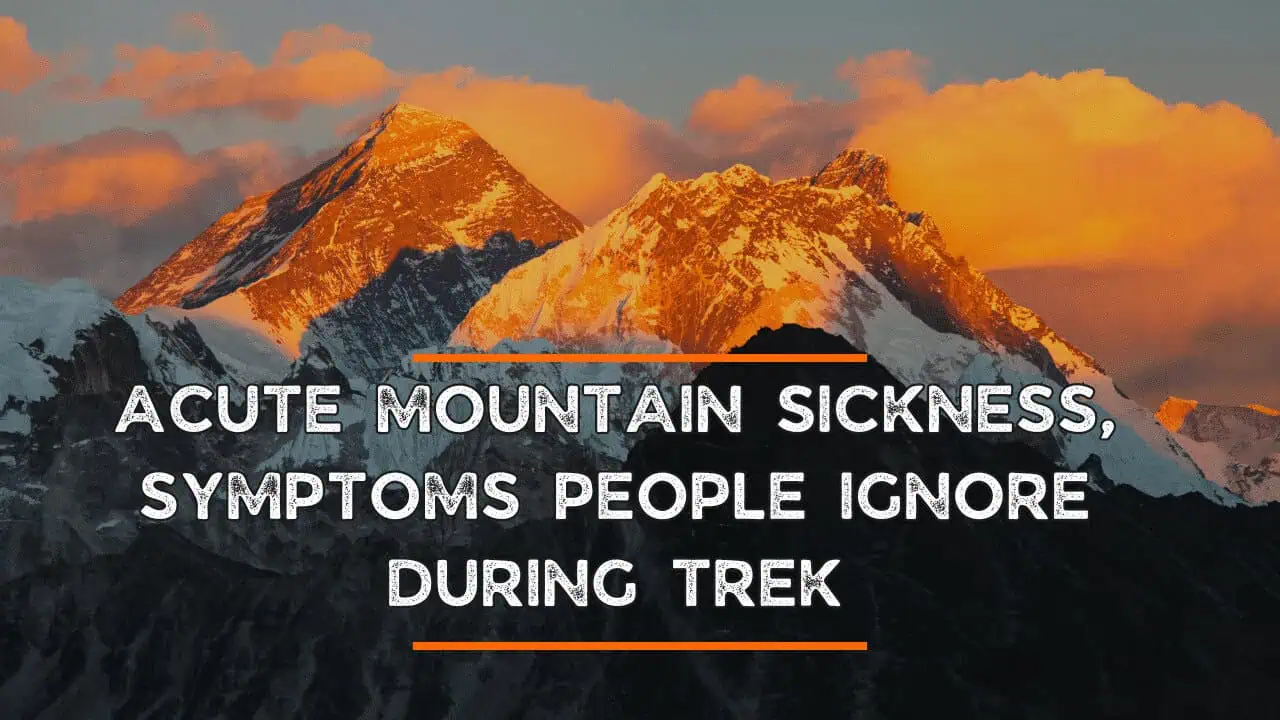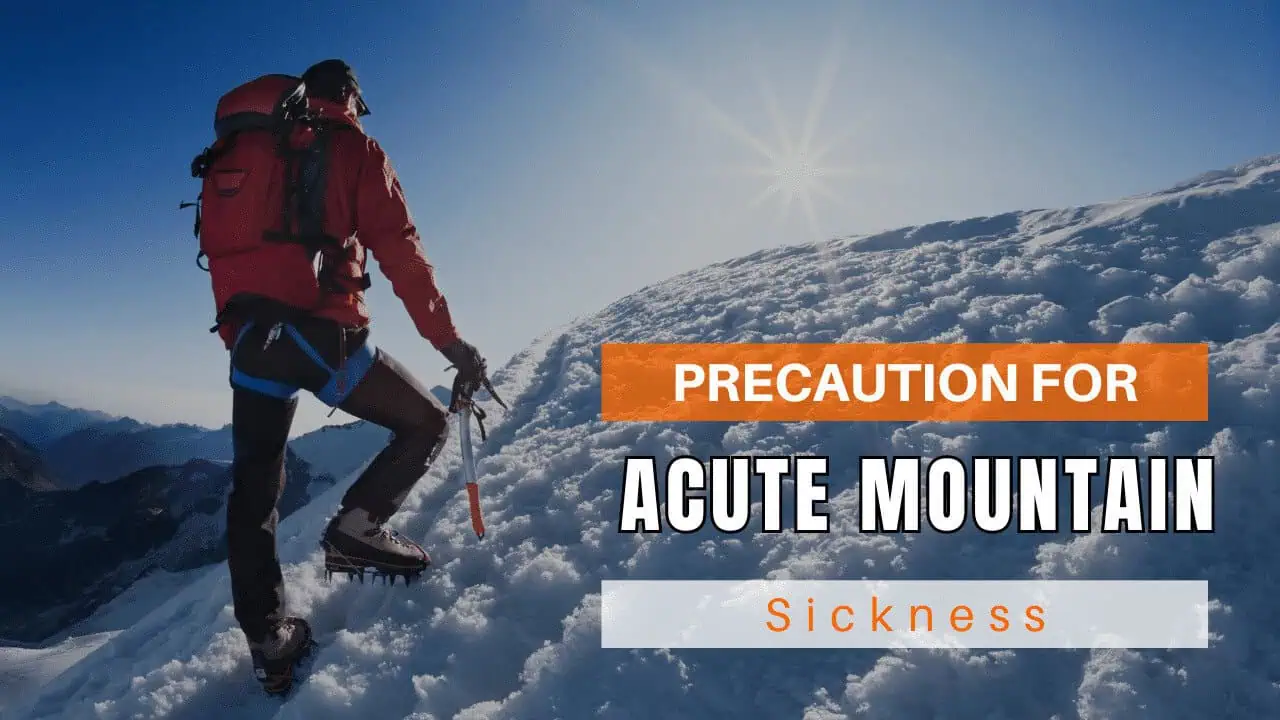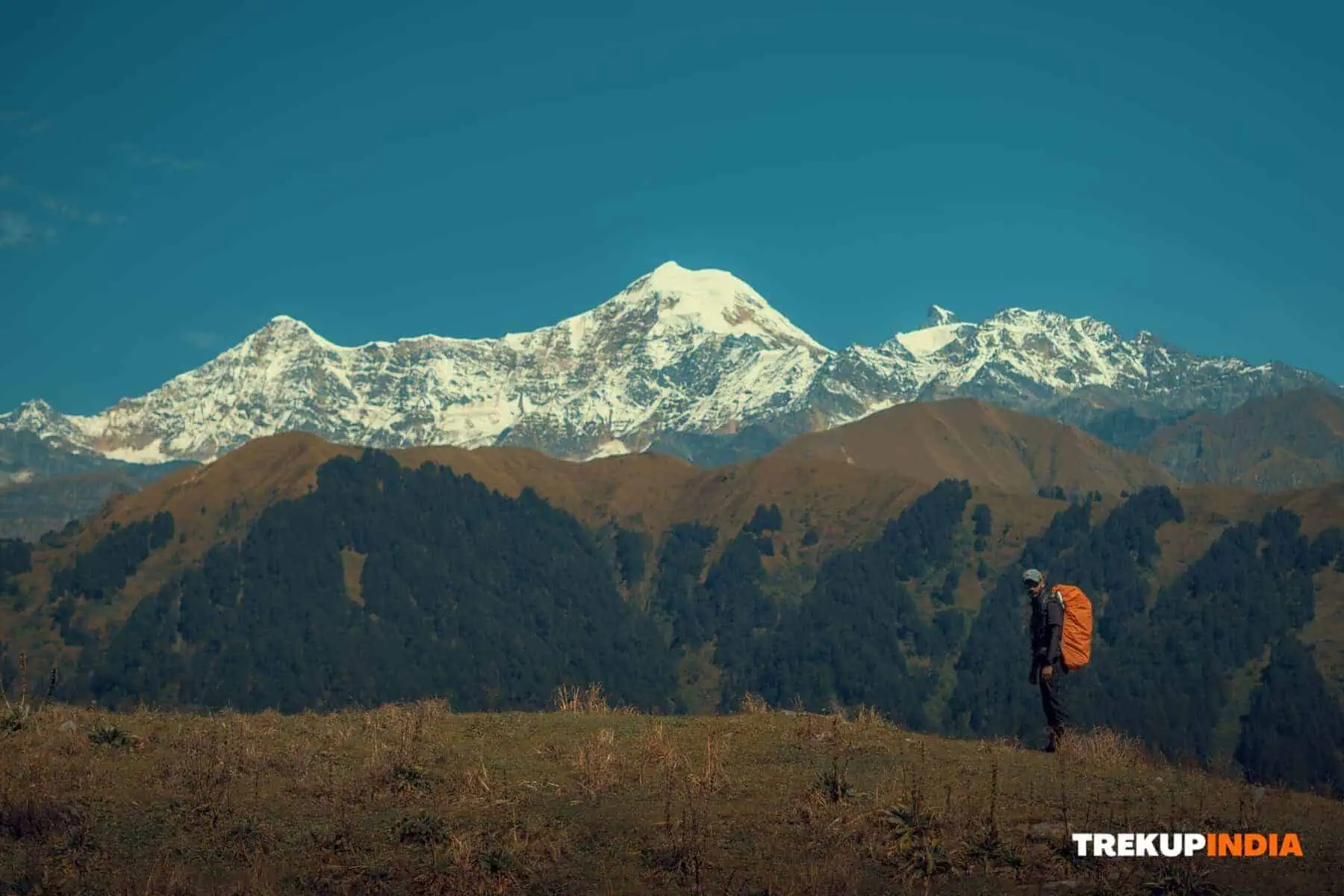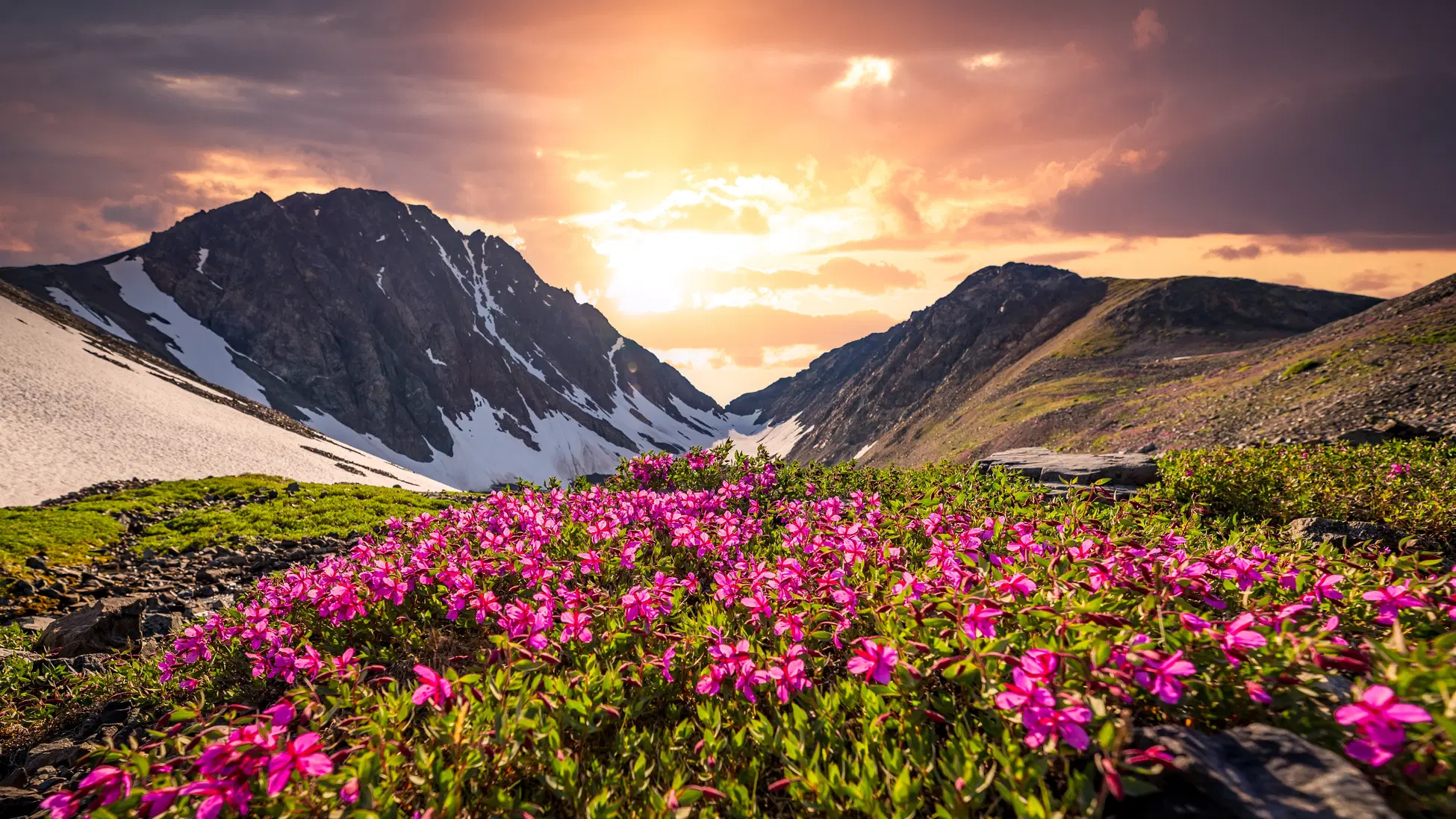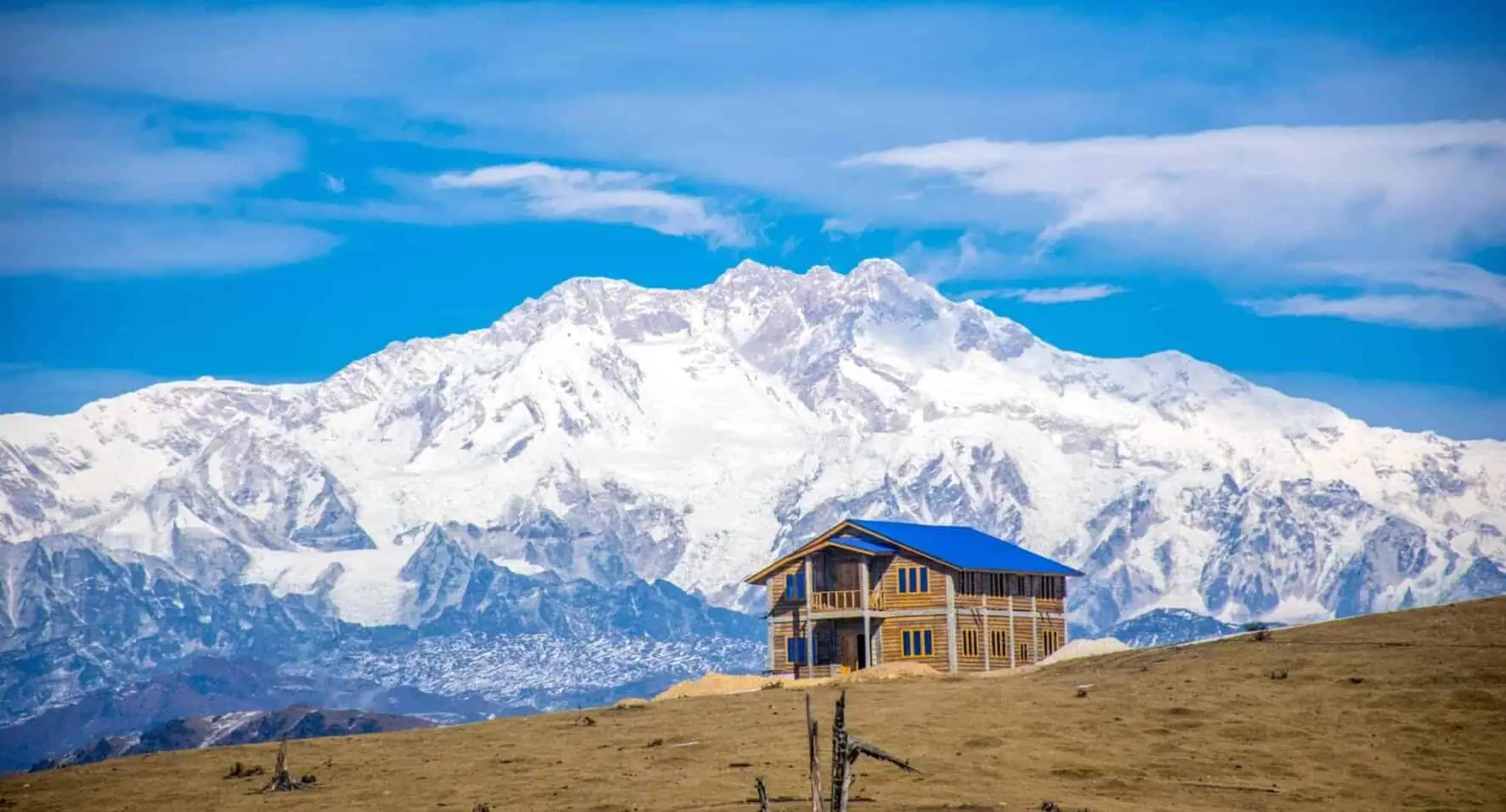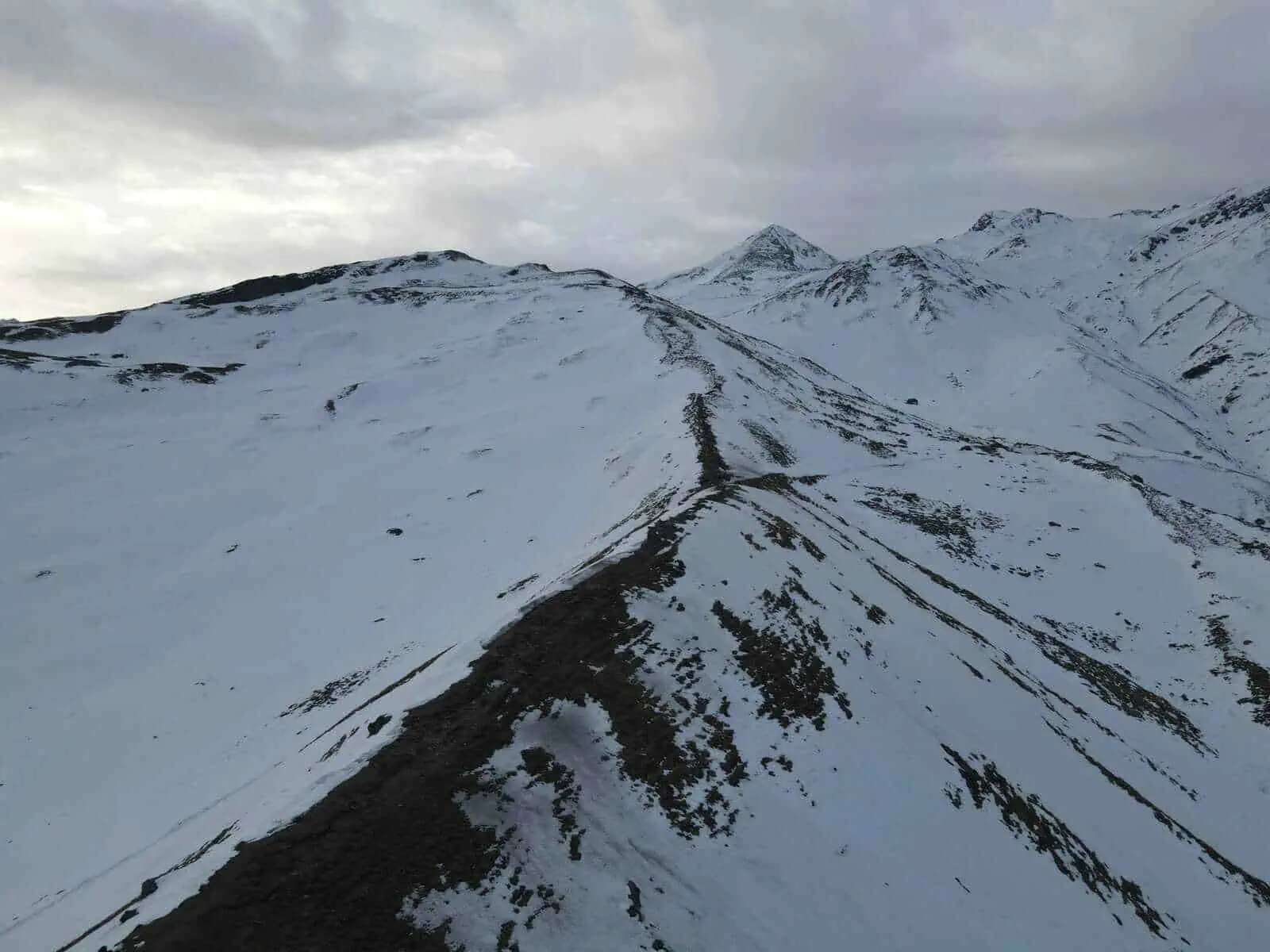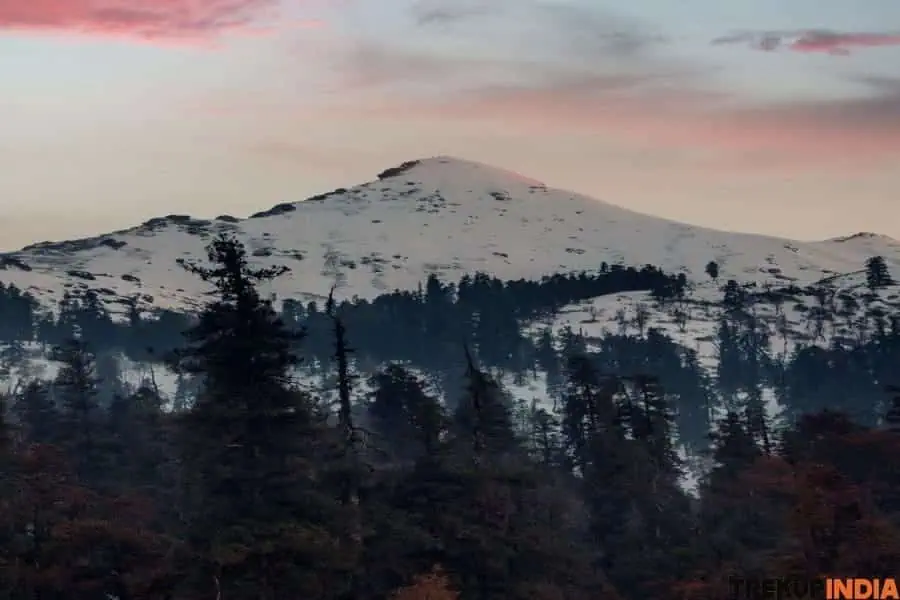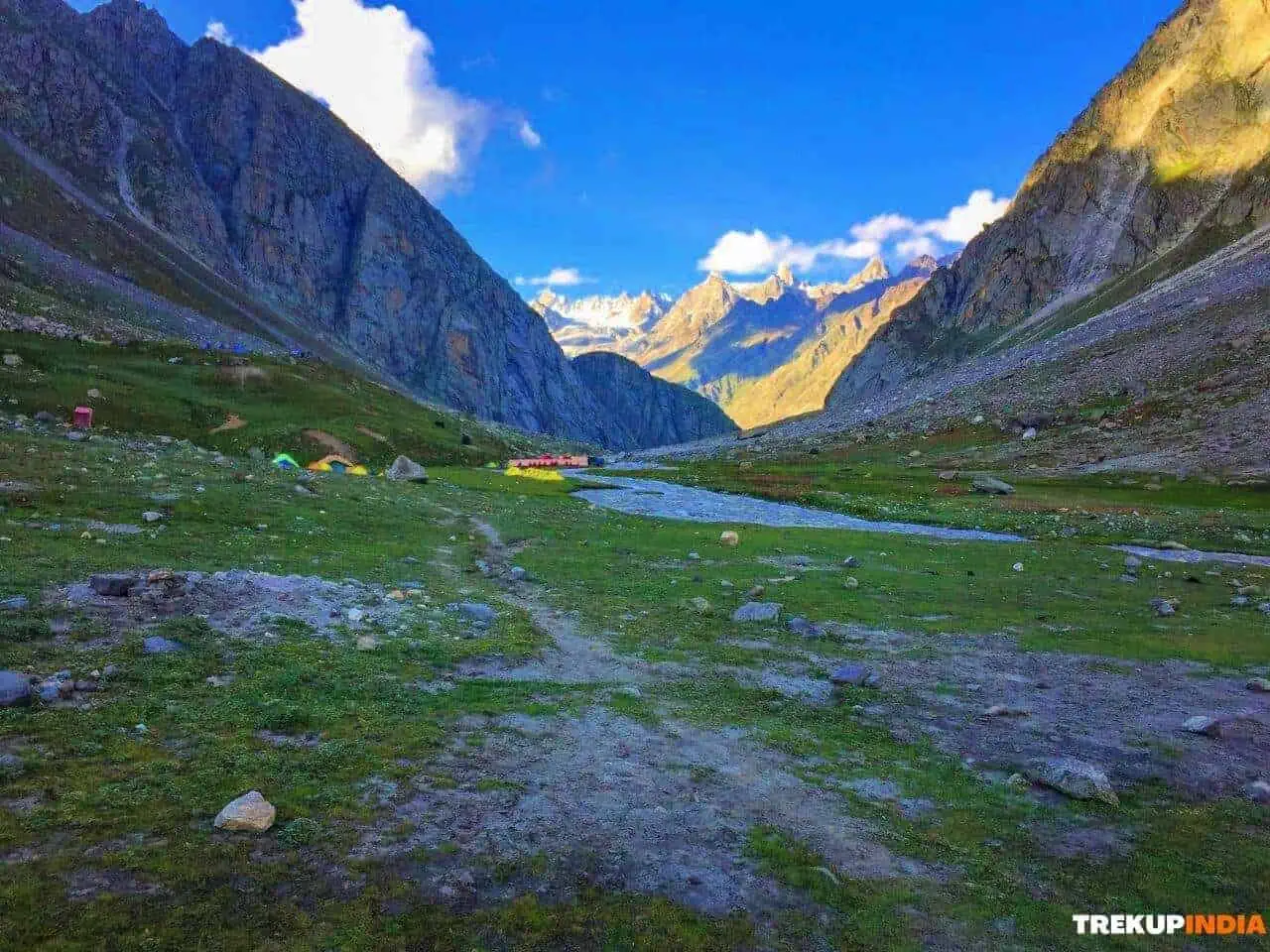Sheshnag Lake Trek
Sheshnag Lake Trek
Find the appeal of Kashmir’s Sheshnag Lake, a pure natural oligotrophic mountain gem renowned for its clear waters and low levels of algae. Its size is 1.1 and 0.7 kilometers, bordered by majestic mountains, creating stunning views. Though it can be challenging to get there, the result is an unforgettable and peaceful experience with the natural world.
Majestic Surroundings
Sheshnag Lake is flanked by three imposing peaks together referred to as Kunyirhayan. The three peaks, which have elevations of 16850 feet, 16.570 feet, and 16,310 feet, remain in a state of utter mystery despite multiple attempts. This adds an element of intrigue and mystery to the hike.
Trek for Your Soul
Sheshnag Lake offers an exquisite journey, from ancient stones, steep streaks of rock, lush grasslands and scenic viewpoints along the journey – it truly offers something for all levels of hikers. One particularly unforgettable feature is climbing Pissu Top where extra caution must be exercised.
Myth and Legend
This lake holds great spiritual meaning. Its name translates to “King of Snakes”. At the same time, Hindu mythology tells the tale of Sheshnag, an imagined god-like serpent believed to have formed the lake by raindrops drenching mountain ridges with water that caused snowmelt into valleys, swelling up until eventually creating the lake, which still provides essential water supplies today.
Trek Details
- Distance and Duration It is a popular weekend excursion that begins close to Srinagar and completes 9 kilometers. The hike can be easily accomplished in a couple of days. Camping options are at the lake.
- Ideal Time to Visit for the most enjoyable enjoyment, make sure you plan your trip during the months of mid-June through October. In this time, the shorelines of lakes explode in vibrant blossoms, adding to nature’s beauty in the region. However, the winter weather, with its frozen landscapes and massive snowfall–makes your trek unpractical.
At Sheshnag Lake Trek, every aspect has been meticulously documented to provide our Independent Adventure guests with everything they need for a secure and pleasant trip. Enjoy an escape into nature or challenge yourself on this trail that blends nature, mythology, culture, and an adventurous spirit into an incredible experience!
Best Time To Trek Sheshnag Lake & Weather Conditions
Plan your excursion between mid-June and October; during July the lakeside explodes with color making for an incredible viewing experience.
Weather Considerations:
- The summer season (July-October): Daytime temperatures can range from 15degC to 25degC. At night, temperatures could drop from 0degC to 9degC.
- Winter The conditions on trails become unstable with the heavy snowfalls and steep temperature drops; therefore, winter hikes should not be considered.
- Altitude Adaptation: To ensure your protection, you should allow enough some time for the acclimatization process to help prevent Acute Mountain Sickness (AMS) in particular when you climb from Pissu Top.
Trail Overview & Difficulty
- Trail difficulty: Sheshnag Lake Trek is regarded as moderately straightforward. The majority of the trek is easily accessible, the climb up to Pissu Top can be challenging.
- Safety Tips: Utilize trekking poles for support during the steepest sections. Ensure you refill your water at the designated points for refills (e.g., at the Lidder River) since specific segments such as Pissu Top Trail, for instance. Pissu Top Trail does not provide drinking water.
Highlights of Sheshnag Lake Trek
Sheshnag Lake is an unforgettable highlight on this trip, its serene blue waters contrasting beautifully against snow-clad mountain ranges to form an indelible landscape that leaves an indelible mark in your mind. Furthermore, Sheshnag Lake hosts many species of fish (particularly Brown Trout ) adding natural charm to this amazing journey.
Panoramic Vistas and Waterfalls
If you take on the tough ascent to Pissu Top, the breathtaking Lidder Valley unfolds in front of your sights. At the top, you’ll enjoy breathtaking views of the valley. It’s a view that is truly unforgettable. From Pissu Top and Sheshnag Lake, the stunning cascades can be seen. The most impressive cascade, which appears within 30 minutes of the summit, gently tumbles towards the Lidder River. Along the way, there will be waterfalls in different shapes and styles, each making for a fantastic scenery framed by massive mountains before turning into rugged sandy peaks.
A Changing Landscape at Jojibal
As part of your hike to Jojibal, enjoy its vast grassland that contrasts sharply with its rugged terrain. From July to September, meadows open to the sun in vibrant colors that make an exciting and satisfying journey through the lush meadows.
Detailed Trail Information about Sheshnag Lake Trek
Sheshnag Lake Trek offers an exciting 3-step adventure that delivers spectacular views and stunning experiences. This is a little more information of the route:
Segment I: Chandanwadi Base to Pissu Top
- Distance: 3 km
- Estimated time: 1 hour 30 minutes
Route Description:
Your adventure starts at the Chandanwadi Base. You’ll follow the well-known Amarnath Cave Trail as it climbs uphill along the Lidder River. In about 1.3 kilometers, you’ll get to the base of Pissu Top. From here, a left following a marked trail will lead you on a slope to the top.
Highlights & Tips:
- Panorama Views: Get stunning panoramas of the surrounding mountains and the flowing Lidder River.
- Water Supply: Make sure you fill your water bottles by the Lidder River before it ascends because water resources are scarce after this point.
Segment II: Pissu Top to Jojibal
Elevation Gain: 9,780 to 11,270 Fusse
Whilst on Route: From Pissu Top, follow a clear and well-marked trail leading directly to Jojibal through breathtaking valleys encased by magnificent mountains with magnificent landscapes offering endless picturesque vistas. The entire journey should take approximately 2 hours (estimated).
From Pissu Top: embark upon this scenic 4-km trek that passes by many picturesque lakes along its course!
Highlights & Experiences:
- Waterfall-related Experience: Around 30 minutes into the walk, a stunning waterfall is revealed when the Lidder River joins Jojibal.
- Lush Meadows: Jojibal is an expansive area of lush green grass which contrasts wonderfully with rough terrain. In summer (July-September) the meadows explode with vivid colors. They are a perfect location for a second base camping spot.
- Local Interaction: Meet local shepherds and their charming huts. They will give you an insight into the typical way of life in the region.
Segment III: Jojibal to Sheshnag Lake
- Distance approximately 2km (with another 100m for the lake)
Summary of the Route:
The final section begins in Jojibal in Jojibal. It follows the small Kutta Ghati path–so named for the steep, difficult terrain to arrive at Sheshnag Lake. This stretch is home to periodic water refill stations and many beautiful waterfalls. This makes it a refreshing and adventurous experience.
Highlights:
- Scenic Arrival At Sheshnag Lake, you’ll be fascinated by its serene aquamarine waters with a stunning backdrop of snow-capped mountains.
- Flower Beauty In the peak trek seasons, the shores of Lake Ontario are covered in vibrant flowers like Iris, Wedelia, and Gentiana Kurro. They add another level of natural beauty to the landscape.
Return Journey
When you’ve fully experienced the wonder in Sheshnag Lake, you can retrace your steps towards Chandanwadi Base. It is typical for the return journey to take around three hours. It allows you to take in the breathtaking scenery of this incredible trek.
The route is carefully planned to ensure an unforgettable trip, mixing physically challenging with Kashmir’s rich landscape and culture. Enjoy your adventure!
How to Reach For Sheshnag Lake Trek
By Private Vehicle
- From Srinagar:
- Start at Lal Chowk (National Highway): Travel 56 km from Anantnag (approximately one hour).
- From Anantnag to Pahalgam: Follow the K.P. Route for approximately 41 kilometers (roughly one hour).
- From Pahalgam to Chandanwadi Base: Continue for 16 km (about 45 minutes).).
- Route Considerations: The mountainous terrain and blind turns should be taken extra seriously when driving.
Using Public Transport
Suggested Itinerary:
- Lal Chowk Srinagar: Get a shared taxi (approx. Rs. 130, one hour journey) up to Anantnag.
- Anantnag to Pahalgam: Transfer to a different sharing taxi (Rs. 120, travel time from 20 mins to one hour).
- Pahalgam to Chandanwadi Base: Take shared taxis (around 60 rupees; approximately. 60 for about 50 mins) or take buses from the SRTC terminal.
TIP: Public travel schedules may be erratic, so it’s recommended to be at Pahalgam the day before.
Nearest Airports & Train
- Srinagar International Airport: Approximately 95 km away.
- Anantnag Railway Station: About 60 km away to the trailhead.
Planning & Permits
- Pre-Trek Registration: Request approval from Pahalgam Development Authority and sign up with the local police station in Pahalgam.
- Entrance Fees: A fee of Rs. 100 and a security payment of 500 rupees is required. 500 is needed.
Food, Water & Emergency Services about Sheshnag Lake Trek
Food & Refreshments
- Dining Options:
- Smaller local restaurants close to Chandanwadi Base serve simple meals.
- To provide a more sophisticated eating experience, Pahalgam provides top restaurants.
- Water Sources:
- The majority of water comes through the Lidder River.
- Take note it is that Pissu Top Trail lacks drinking water. Make sure you fill it before ascending.
- Make sure to pack water purification equipment to make sure you have safe drinking water.
Emergency Contacts
- Medical Assistance: Nearest facility – Pahalgam Government Civil Hospital.
- Law Enforcement: Pahalgam Police Station (Dial: 01936243367).
- Forestry and Wildlife Emergencies: Srinagar Forest Department (Dial: 0194-2455027).
Connectivity & Cash
- ATM Services: The only option is Pahalgam Carry enough cash to cover the trip.
- Mobile Coverage: BSNL and Airtel networks have intermittent coverage on the route.
Local Safety & Cultural Considerations
- Wildlife: Keep an eye out for wildlife in your area like Himalayan leopards, brown bears and jackals.
- Local Assistance: Nomadic travelers and local shepherds are generally friendly and provide advice.
- Community Etiquette: If traveling alone, you should consider participating in groups (ideally at least three or four persons) for security, particularly in areas with private homes protected by the local community.
Nearby Attractions
- Pahalgam: It is a charming hill station and a base of other treks, like that of the Tarsar Marsar Kolahoi Glacier Trek.
- Kokernag Botanical Garden: It is located about 75km away from Chandanwadi This gardens is renowned for its natural springs, stunning flora, as well as iconic chinars.
- Historical Sites: Go to the Achabal Garden and the Martand Sun Temple in the Anantnag district to experience a delicious tasting of Mughal design and the historical splendor.
This complete guide will provide the essential information to plan a secure and enjoyable Sheshnag Lake Trek. Whether you’re driving or taking public transportation, make sure to plan your travels carefully, follow the safety guidelines, and take your time and appreciate the beautiful natural and cultural scenic landscapes you encounter on the way.
Want To Trek Like Pro?
Check out the following videos if you want to trek like a pro trekker and improve your skills. These videos contain helpful tips, tricks, and techniques to help you trek like a pro. Whether you’re a beginner or an experienced trekker, these videos can provide valuable insights to enhance your trekking experience. So, watch the videos below by Trekup India experts to take your trekking skills to the next level.







Know Everything About Acute Mountain Sickness
Acute Mountain Sickness is a medical condition that can occur when individuals travel to high altitudes, typically above 8,000 feet. It is caused by the decrease in air pressure and oxygen levels in the air as altitude increases. Symptoms of Acute Mountain Sickness may include headache, nausea, vomiting, dizziness, and difficulty sleeping. To avoid Acute Mountain Sickness, it is important to gradually adjust to high altitudes and seek medical attention if symptoms worsen. To learn more about this condition, check out the videos by Trekup India.
